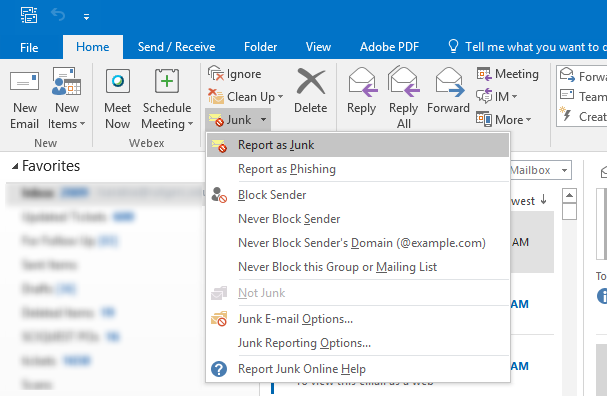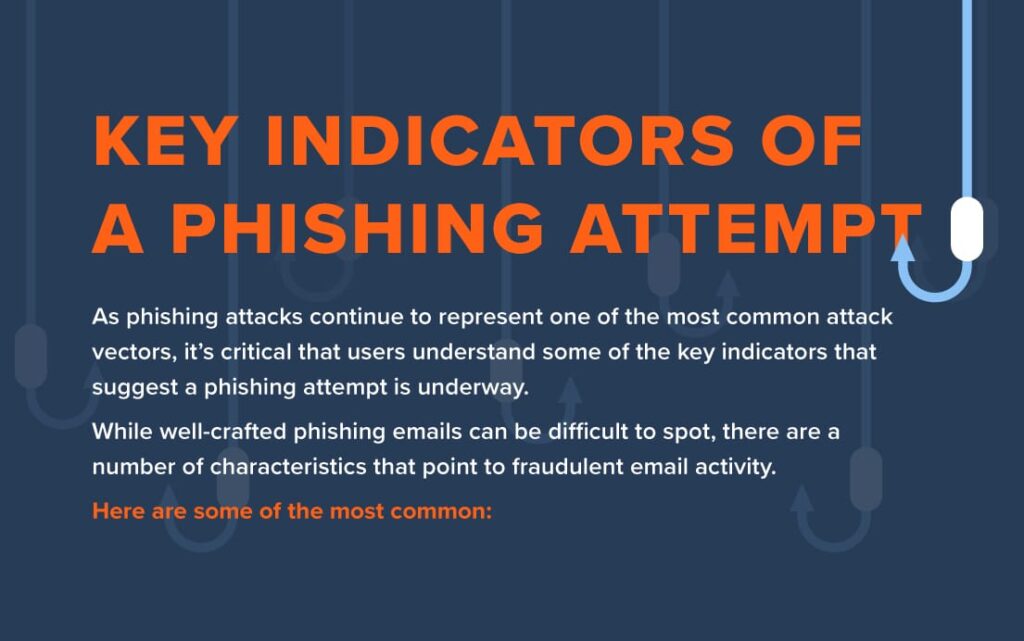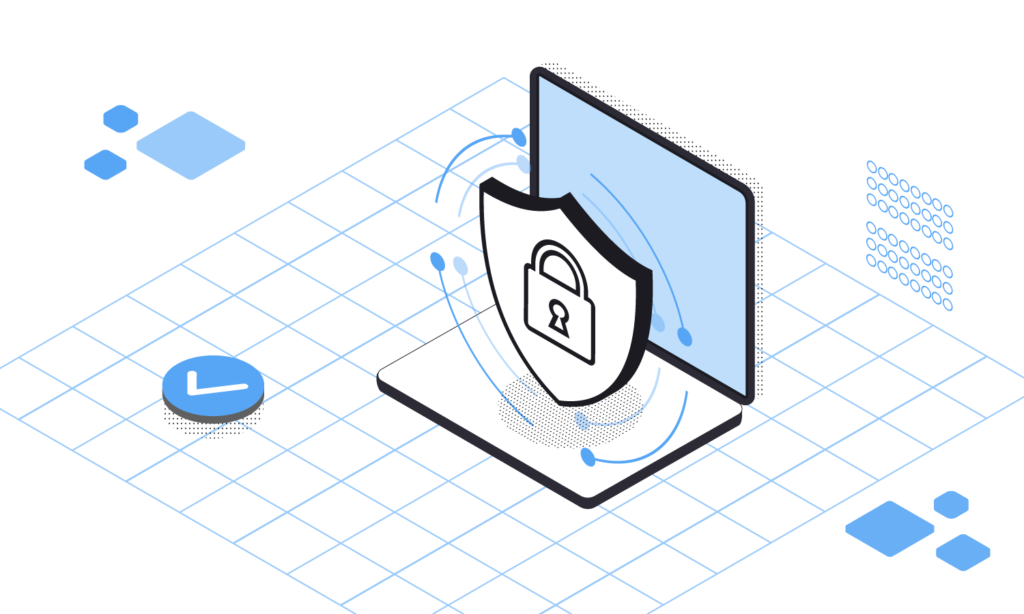Have you ever experienced a sudden internet outage and wondered if you were attacked by a malicious hacker? How do you know if you got DDosed? Well, Distributed Denial of Service (DDoS) attacks are a type of cyber attack that can take down an entire network, causing major disruptions and headaches for an organization.
Knowing the signs of a DDos attack can help you better protect yourself and your organization from these malicious attacks. In this article, we’ll discuss the different types of DDoS attacks, the signs you should look out for to know if you got DDosed, and what you can do to protect yourself from such attacks in the future.
Signs of a DDoS attack include:
- High latency or lag
- Sporadic connection drops
- Slow loading webpages
- Unable to access certain websites
- Unable to access your device from the internet
You can also use specialized tools to detect a DDoS attack. For example, you can use free online services such as SolarWinds, Loggly, and Cloudflare to view your network’s traffic and detect any suspicious activity.
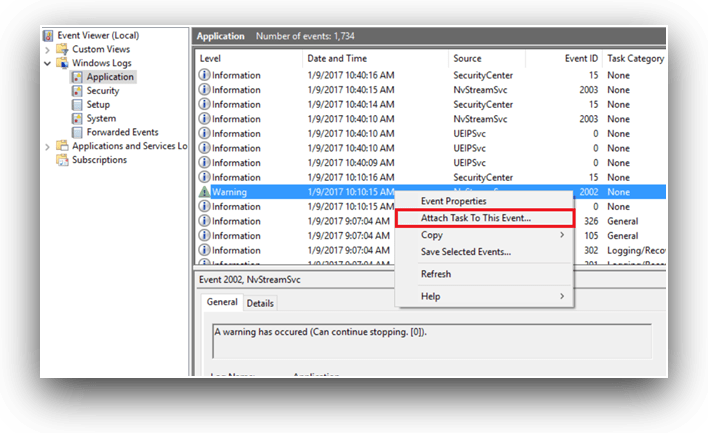
How do you know if you got DDoSed?
A Distributed Denial of Service (DDoS) attack is a malicious attempt to disrupt the availability of a service or resource, usually by flooding it with a large number of requests from multiple computers. A successful DDoS attack can take down a website or application, making it unavailable to its users.
It is important to be able to recognize the signs of a DDoS attack so that you can take steps to protect yourself and your business. In this article, we will look at how to determine if you have been the victim of a DDoS attack.
Signs of a DDoS Attack
There are several signs that can indicate that you may have been the target of a DDoS attack. These include:
- Unexpectedly high amounts of traffic to your website or application
- Slow response times for requests to your website or application
- Inability to access your website or application from certain locations
- Unusual errors or timeouts when trying to access your website or application
These are the most common signs of a DDoS attack, but other signs may be present. It is important to be aware of any sudden changes in the behaviour of your website or application, as this may be an indication of a DDoS attack.
Monitoring Your Network
To detect a DDoS attack, it is important to monitor your network and traffic regularly. This can be done using a variety of tools, including Network Intrusion Detection Systems (NIDS), Network Intrusion Prevention Systems (NIPS), and web application firewalls (WAFs). These tools will monitor your network for suspicious activity and alert you when it detects something unusual.
It is also important to monitor the traffic to your website or application. This can be done by using web analytics tools such as Google Analytics or by monitoring your server logs. By monitoring the traffic to your website or application, you can quickly identify if there is an unusually large amount of traffic, or if the traffic is coming from unusual sources.
Analyzing Network Traffic
Once you have identified that your network is under attack, it is important to analyze the traffic to determine the type and source of the attack. This can be done using a variety of tools, such as packet sniffers and log analyzers. These tools can help you to identify the source of the attack, as well as the type of attack being used.
Once you have identified the source and type of attack, you can take steps to mitigate the attack. This may involve blocking the source of the attack, or implementing countermeasures such as rate limiting or traffic filtering. It is important to be aware of the risk of a DDoS attack and to take steps to protect yourself and your business.
Frequently Asked Questions
It is important to know how you can tell if you have been the victim of a distributed denial of service (DDoS) attack. A DDoS attack is a malicious attempt to make a server or a network resource unavailable to users, usually by flooding the target or resource with superfluous requests in an attempt to overload systems and prevent some or all legitimate requests from being fulfilled.
What is a DDoS attack?
A DDoS attack is a type of cyber-attack in which an attacker attempts to overwhelm a server or network with requests, resulting in a denial of service for legitimate users. The attacker sends a large number of requests to the targeted server or network, usually through multiple computers or devices, in order to overwhelm the target and make it unable to respond to legitimate requests. This type of attack is often used to target websites or web services, but can also be used to target other types of networks, such as banks or other financial institutions.
How can I tell if I have been DDoSed?
There are several signs that you may have been the victim of a DDoS attack. One of the most common signs is a sudden and unexpected drop in network performance. This may include a decrease in network speed or an increase in latency, both of which could indicate that your network is being flooded with traffic. Other signs include slow response times, frequent disconnects, and web pages that are slow to load or not loading at all. If you suspect that your network is under attack, you should contact your internet service provider (ISP) immediately and have them investigate the issue.
What can I do to protect myself from a DDoS attack?
There are several steps you can take to protect yourself from a DDoS attack. First, you should make sure that your network is properly configured and secured. Your network should be configured with the latest security patches and firewalls, and you should also consider using a DDoS protection service to help protect your network from malicious traffic. Additionally, you should ensure that your network is properly monitored and that any suspicious activity is reported to your ISP.
What should I do if my network is DDoSed?
If your network is DDoSed, the first step is to contact your ISP and make sure they are aware of the attack. Your ISP should be able to trace the source of the attack and take steps to help mitigate the impact. Additionally, you should consider using a DDoS mitigation service, which can help to filter out malicious traffic and protect your network from further attack.
What are the long-term implications of a DDoS attack?
The long-term implications of a DDoS attack can vary depending on the type and severity of the attack. In the short term, a DDoS attack can cause significant disruption to your network, resulting in lost revenue and decreased productivity. In the long term, DDoS attacks can cause damage to your reputation and can even lead to legal action if the attack violates any laws or regulations. Additionally, DDoS attacks can be extremely costly to remediate and may require the services of a professional security firm.
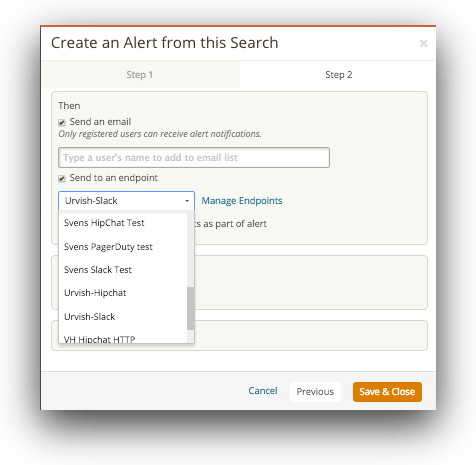
DDoS attacks can be a major threat to any business or individual, and knowing how to identify when you’ve been the target of an attack can help you take the necessary steps to protect yourself. While there are various methods to detect if you’ve been the target of a DDoS attack, the most reliable way is to use a monitoring service to check for changes in your network’s performance. If you’re seeing a significant drop in your network’s speed or an influx of traffic from an unknown source, then you should take the necessary steps to protect yourself, such as enlisting the help of an IT expert or contacting your internet service provider. Taking the steps to protect yourself from DDoS attacks is essential for any business or individual, and understanding the signs of a potential attack can help you stay one step ahead.

